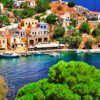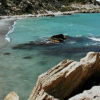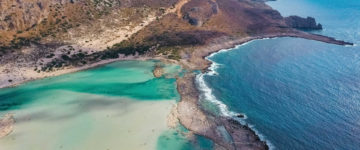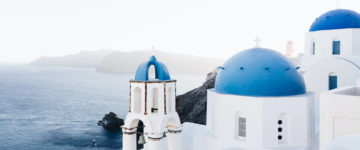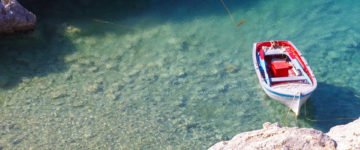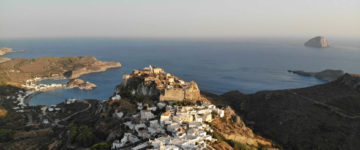
Leros is an island in Aegean Sea . It belongs to the Dodekanese group of islands and the total population according to the most recent census is about 8000 inhabitants. In Leros it was said that Artemis the godess of Hunt, lived maybe because the island has something alluringly wild and beautiful that suits to the Godess.
The island has scattered with beautiful orthodox churches, dazzling blue coves and whitewashed villages.
The capital is Platanos, with its striking fort and windmills towering above, is divinely pretty, while below, the picturesque harbour of Saint Marina, the heart of the island.
Mass tourism have not been yet bundered the island of Leros. The popular tourist area in Leros is Alinda while other villages in the island offers a Cycladic atmosphere like Panteli, the fishing village and Vromolithos with its own beach. Panteli is a picture postcard village with a sand and shingle beach bookended by white windmills and white houses tumbling into the bay
Leros has the war museum in Merikia built inside the tunnel of the Second World War, in which you can see artefacts collected on and around Leros. You’ll pass it on the edge of Agia Marina, en route up the hill to Platanos.
Administratively Kinaros island and Levitha island belongs to Leros. The Kinaros island lying west of Kalymnos and Leros and east of Amorgos, is the second westernmost island of the Dodecanese after Astypalea.
Both Kinaros and Levitha embedded in the Natura Network 2000. They are considered important bird protection areas. Specifically Kinaros island is the breeding ground of Falcon and Aigiaoglarou (bird spieces).
Leros is part of the Kalymnos regional unit. The Kalymnos regional unit is part of the region of South Aegean which except Leros covers also Kalymnos, Agathonisi, Astypalea, Lipsi, Patmos and several smaller islands in the Aegean Sea.

